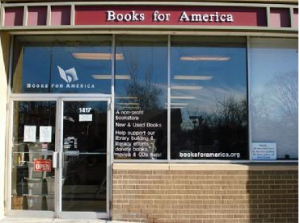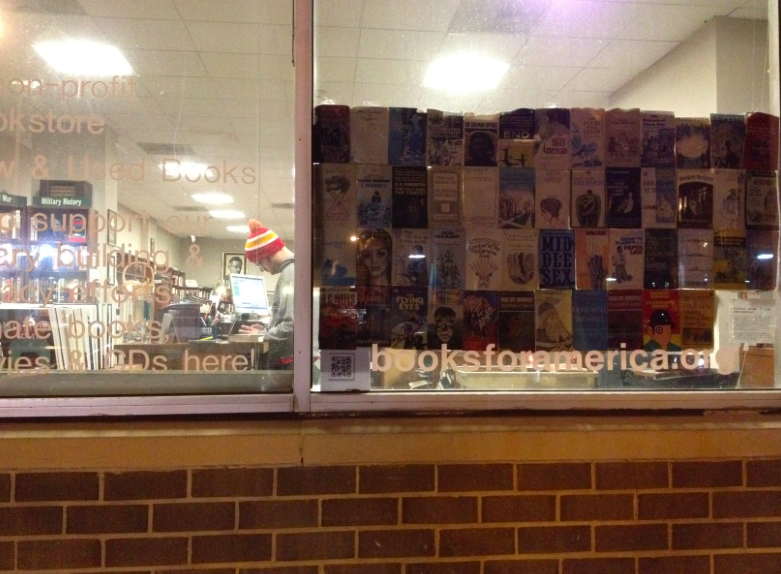Twine and Bklyn Trash King became my first foray into interactive and hypertext fiction. Like Kathryn, I had heard of Patchwork Girl, but have not read it. However, I did hear about it’s quirks and kinks since it is a CD-rom. Needless to say, I had higher hopes with the stories on Twine since it is internet-based.
I initially set out to read Hunt for the Gay Planet, but just a few sentences told me it wasn’t my kind of story, so it was onto Bklyn Trash King. At first, I thought something was wrong with my version, or this was just a VERY short story, when I kept hitting the “refresh page” link and got the same page of text over and over again. Clearly, creator Ben Esposito knows it is easy to trigger the average computer user’s frustration, because I was willing to keep clicking this link until something happened. And it did. I was rewarded for my need to make the link work via incessant clicking and taken to the next page of the story. I had to chuckle at Esposito’s cleverness at having the same page appear for both the narrator and the reader, thereby effectively putting the reader in the role of second person narrator.
What worked well was the continued use of tricks like this. Esposito included links to outside sources/websites to further place us in his story and give it some validity. One was a genuine news story about raccoons becoming pests in Brooklyn–the plot of Bklyn Trash King–which acted as a rather long footnote. I actually took the time to make sure the article wasn’t just Esposito going the extra mile and making a mock news story.
Using the tried and true method of the choose-your-own-adventure tale, Esposito nearly lost me, but alas, it was another of his tricks. For the first few “pages,” no matter which link I clicked, at the end I was rerouted back to the initial page where you were given options. I then had no choice but to click the additional options. Finally, I was taken back to a page where a third option that wasn’t there before has appeared. Curiosity piqued.
At this juncture, the story truly becomes choose-your-own-adventure. You are no longer taken back to the starting point with two choices, but are taken along a new path. Of course, I had to know what happened in the other story I did not choose, so I started from the beginning again. And here I was disappointed. It was like a rom-com where you find out Gwyneth Paltrow’s fate is to be with this ONE guy, no matter which course her life takes. I would have preferred an original ending for each course Bklyn Trash King took.
I’m sure creating these stories takes a lot of time and effort, but a little more attention could have been paid to minor details like spelling and grammar. Those things immediately take me right out of a story. Also, the deal between the narrator–you–and the Raccoon King to kiss the butts of three raccoons, plus his, just for a retweet seemed quite juvenile.
Overall, I liked the way the story worked and am curious to read more of the stories on Twine. I think it will definitely give me some ideas on how I want to pursue my own Twine story next week.

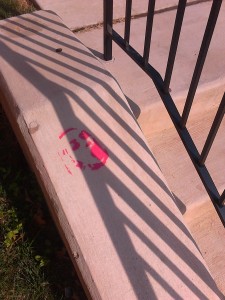


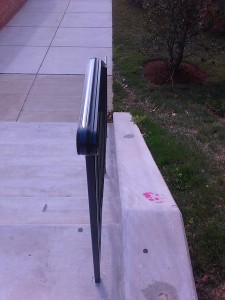
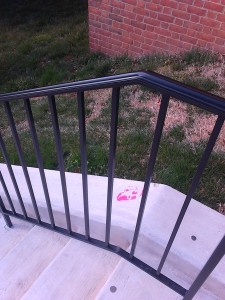
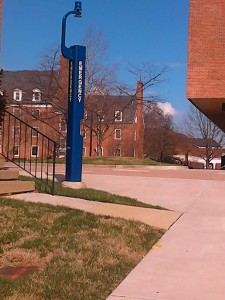



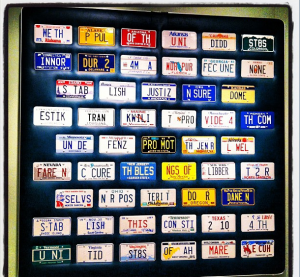
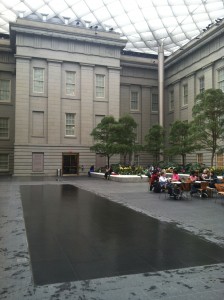
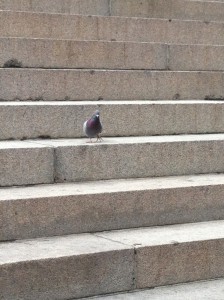







 If it should be seen and provoke curiosity, then the door of my office is a perfect place. That is after all the reason everyone tapes posters to their doors, is it not? And with a portion of approximately 700 undergraduates coming through this door, I can ensure its visibility.
If it should be seen and provoke curiosity, then the door of my office is a perfect place. That is after all the reason everyone tapes posters to their doors, is it not? And with a portion of approximately 700 undergraduates coming through this door, I can ensure its visibility.